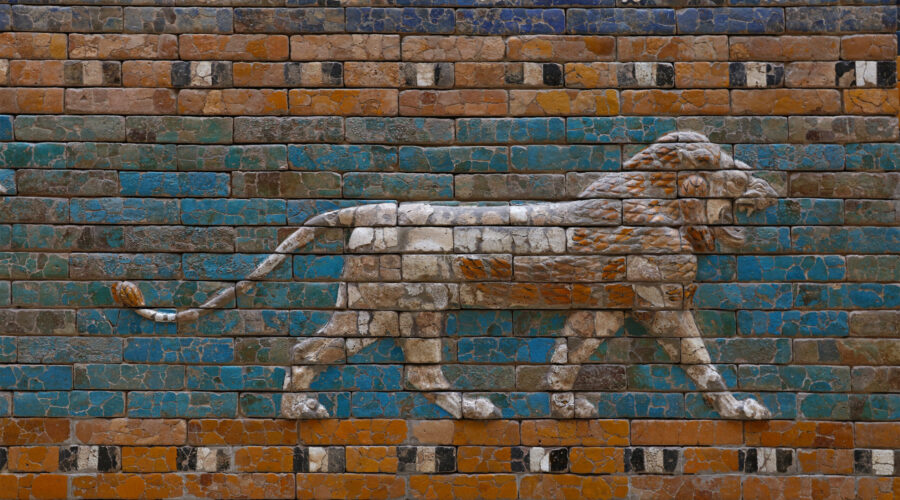The fact that the Stick of Joseph contains language and concepts similar to those found in the New Testament is not the smoking gun critics think it is. The original Gospel of the Messiah was taught and recorded in biblical lands, and similarly taught and recorded in the Stick of Joseph lands in the Western Hemisphere. The ideas come from the same divine source, and the potentially oldest versions of Biblical manuscripts support the assertion that the Stick of Joseph is authentic, ancient and divine.
The very first chapter of the Stick of Joseph presents us with Lechi offering a sacrifice in the wilderness: And it came to pass that he built an altar of stones and […]
On several occasions the Stick of Joseph refers to “unfolding” information, often in terms of revealing “the mysteries of Elohim”. The Bible, by contrast, never refers to “unfolding” the mysteries of Elohim. One is left to wonder where this term came from and how it applies to divine learning.
In the prior post on this subject, we considered the potential roots and meaning of the name Zerach’mla in the Stick of Joseph. We also noted this place name likely comes from Aramaic, rather than Hebrew, roots. In this post, we’ll consider why the Nefite capital had an Aramaic name.
Of all the cities, towns and places of note in the Stick of Joseph, none plays a greater and more central role than the capital city of Zerach’mla (Zarahemla in the 1830 Edition). Because this place holds such a central role in the text, and also has such a unique history, it’s worth considering the city’s unique name and its potential meaning.
One of the most controversial accounts in the Stick of Joseph records how Nefi killed Lavan. In this post, we’ll take a look at the event in its entirety, then examine it under the requirements of Torah to determine if Nefi was guilty of murder.
Lechi’s journey represents a second deliverance of Israel, filled with symbolism and meaning designed to highlight the importance the Lord ascribes to these events. The Stick of Joseph in the Hand of Ephraim is not only a clearly Jewish book, but it is also a book of destiny, pivotal to the ultimate deliverance and gathering of Israel in the last days.
In the Stick of Joseph, the Neftes display many distinctively Jewish customs and practices concerning prayer. It would have been very unlikely for Yosef ben Yosef, a farm boy raised in a Protestant Christian environment, to have been aware of these Jewish practices.
Nefi’s thoughtful discussion of priestcrafts, using the 4th rule of Hillel to deprive a principle from two verses, demonstrates the underlying Jewish thought in this passage, and is yet another illustration of the ancient, Jewish origin of the Stick of Joseph.
The the Stick of Joseph adds details regarding Yosef’s coat—that it was torn in pieces, and that one portion did not decay. These details are not found in the Genesis account nor anywhere in the Bible, but it are found in ancient Jewish legend and writings.
Recent Posts
Past Posts
- August 2024 (1)
- May 2024 (1)
- June 2023 (1)
- January 2023 (1)
- August 2022 (1)
- June 2022 (1)
- April 2022 (1)
- March 2022 (1)
- January 2022 (1)
- November 2021 (1)
- October 2021 (1)
- September 2021 (1)
- August 2021 (1)
- July 2021 (1)
- June 2021 (1)
- April 2021 (1)
- March 2021 (1)
- January 2021 (1)
- November 2020 (1)
- October 2020 (1)
- September 2020 (1)
- August 2020 (1)
- June 2020 (2)
- May 2020 (3)
- April 2020 (3)
- March 2020 (4)
- February 2020 (5)
- January 2020 (4)
- December 2019 (4)











